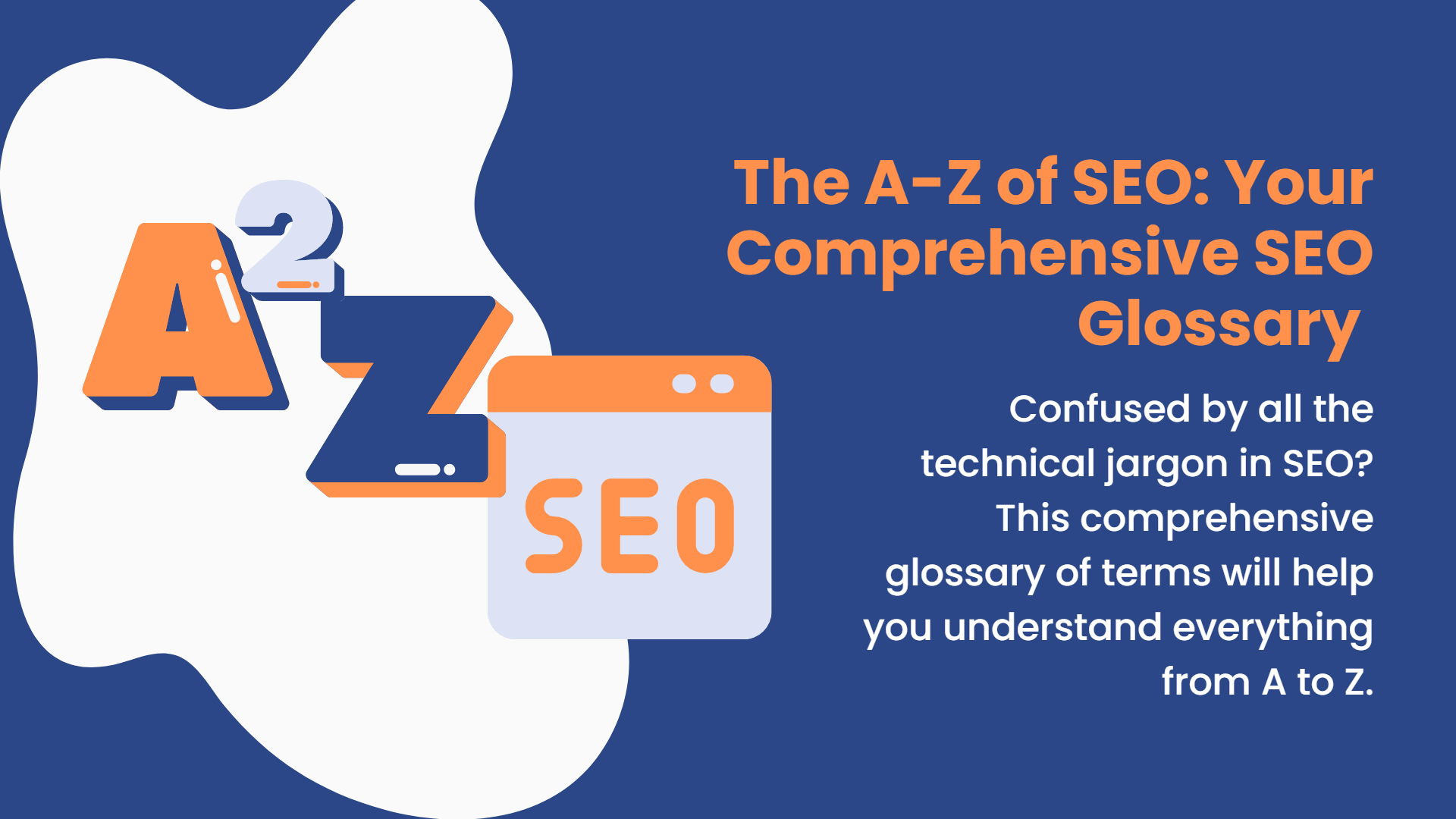Blogging has become an essential part of online marketing and business promotion, and as such, bloggers are always seeking ways to create content that stands out in the crowded digital space. One way to achieve this is by incorporating links, images, videos and audio (LIVA) into blog writing.
The necessity to provide content that makes use of modern technology is becoming more pressing as the globe moves closer to Web3.
This post will go over the benefits of combining LIVA with your text, including how to create content with appropriate backlinks and how to collaborate with audio-visual materials.
Let’s start by taking a closer look at LIVA.
What Does LIVA Stand For?

LIVA stands for
- Links,
- Images,
- Videos
- and Audio.
The combination of these four makes a blog more enjoyable for readers. And because Search Engines prioritize these search results types, you can leverage a lot from your blog posts.
Links – Why Use Links in Blog Writing
Linking for your blog is essential for SEO success. One of the essential linking types is Backlinks.
Backlinks are a necessary aspect of Search Engine Optimization (SEO) as they help to improve a website's search engine ranking by signaling to search engines that other sites consider your content as valuable and authoritative.

In simple terms, backlinks are links from other websites to your website, and they are one of the factors that search engines consider when ranking websites in search results.
While it's important to write quality content that resonates with your target audience, creating blog posts that include backlinks also helps to drive traffic to your website and increase your online presence.
Types of Links – Which Ones Matter the Most for SEO?
Generally, three types of links on a blog can help you improve SEO.
- Backlinks
- Internal links
- External links
More on Backlinks
Backlinks are links from other websites that direct users to a page on your website.
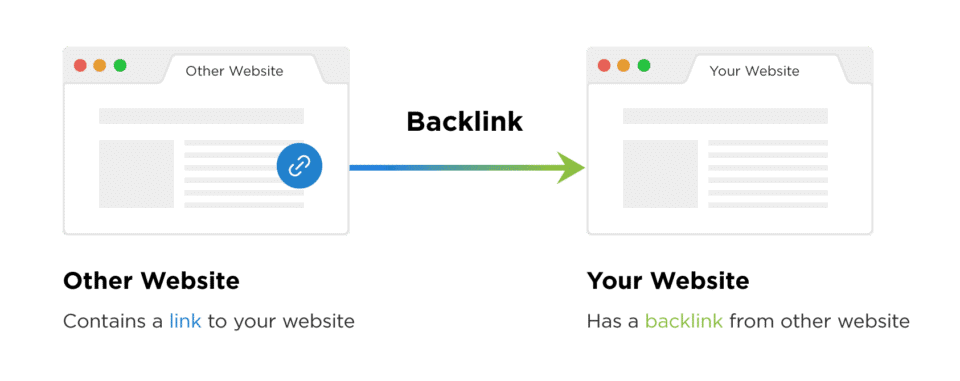
They are also referred to as "incoming links," "inbound links," or "external links." Backlinks are important for several reasons. First, they provide a way for users to discover your website through other websites.
When a website links to your website, it exposes your content to a new audience, which can drive traffic to your website.
More on Internal Links
Internal links are links that connect one page of a website to another page within the same website.
They are a core part of website design and are utilized for many purposes, including enhancing user experience, facilitating easier navigation, and highlighting key sites inside a website.
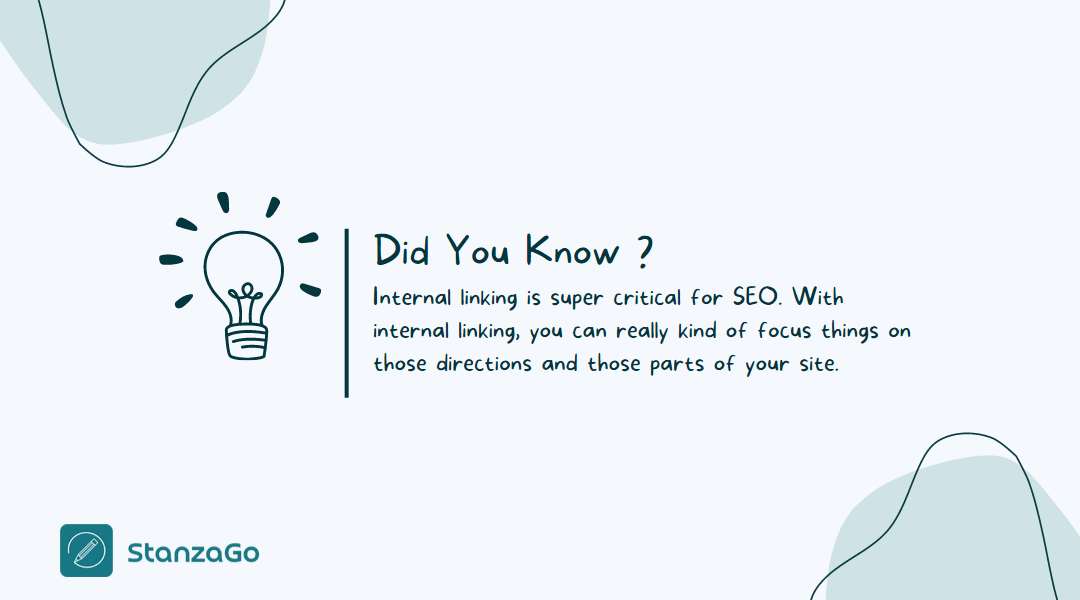
Internal links give search engines a method to recognize the structure and hierarchy of a website.
They are used by search engines to crawl and index a website's pages, and they are also used to gather data about the significance and relevance of a website's content.
More on External Links
External links, also known as outbound links, are links that connect a page on your website to a page on another website.
External links help provide additional information or context for your content and can also help to increase the credibility and authority of your content by providing supporting evidence or referencing respected sources.
Keep in mind that good linking practices can help improve site SEO, but bad linking practices can also harm your site's authority. Every link back, external, or internal should be well structured, and related and carry authority along with a strong http certificate to enable search engines to rank your site as safe and trustworthy.
Images – Why Use Images in Blog Writing
Did you know that Articles with images get 650% more social media shares and 95% more views than those without images?

It’s why all effective marketer knows that attracting an audience requires a strong presentation, image, or design. For most bloggers, it's no surprise that your cover design will be your most important marketing tool. This is especially true if you're using images as part of your content strategy.
Especially if you want to make sure readers understand what they're looking at, the cover should show up first.
5 Importance of Using Images in Blog Writing
Blog pictures can be used in all blogs that have images on them, such as Facebook and Instagram posts. Below are just a few of the main reasons why photos for blogs are a great idea:
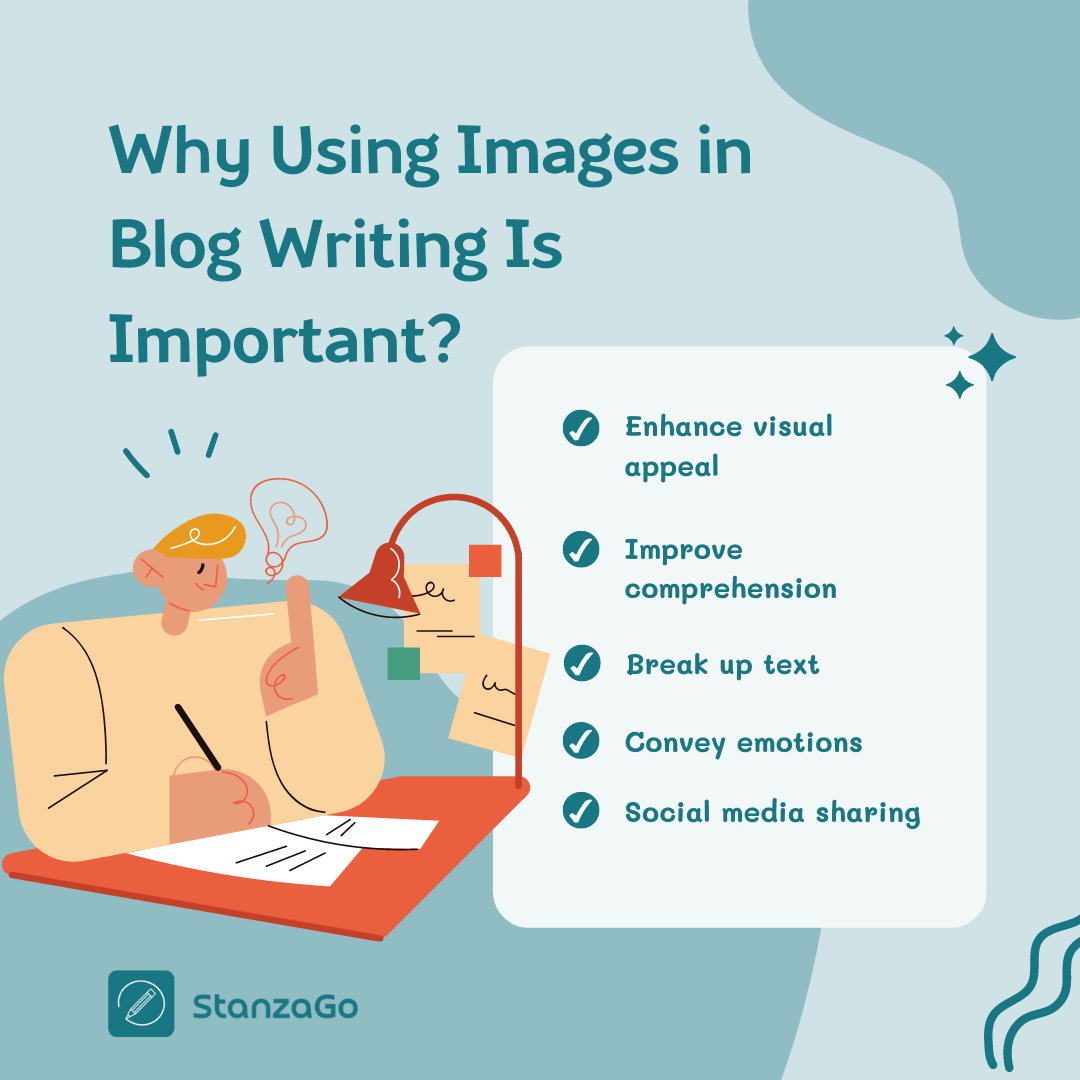
(1) Enhance visual appeal: Even a bookworm would enjoy reading with images. Images add visual interest and make your content more enjoyable, and visually appealing.
It helps to steal the attention of your readers and keep them engaged as they proceed.
(2) Improve comprehension: Images can help to illustrate complex concepts, making them easier for the reader to understand. This is useful for topics that may be difficult to explain in words alone.
(3) Break up text: Large blocks of text can be overwhelming and hard to read. Images help to break up the text and make the blog post more visually appealing and easier to read.
(4) Convey emotions: Images can convey emotions and add a human element to the blog post. For example, you can use images of people or animals to help evoke a certain feeling or mood.
(5) Social media sharing: Images are highly shareable on social media platforms, which can help to increase the visibility of your blog post and attract new readers.
Videos – Why Use Videos in Blog Writing
The popularity of video content on smartphones and wireless devices has made it so accessible that it has become the most popular choice for content. It's no surprise that YouTube has become the go-to platform for video content marketing.
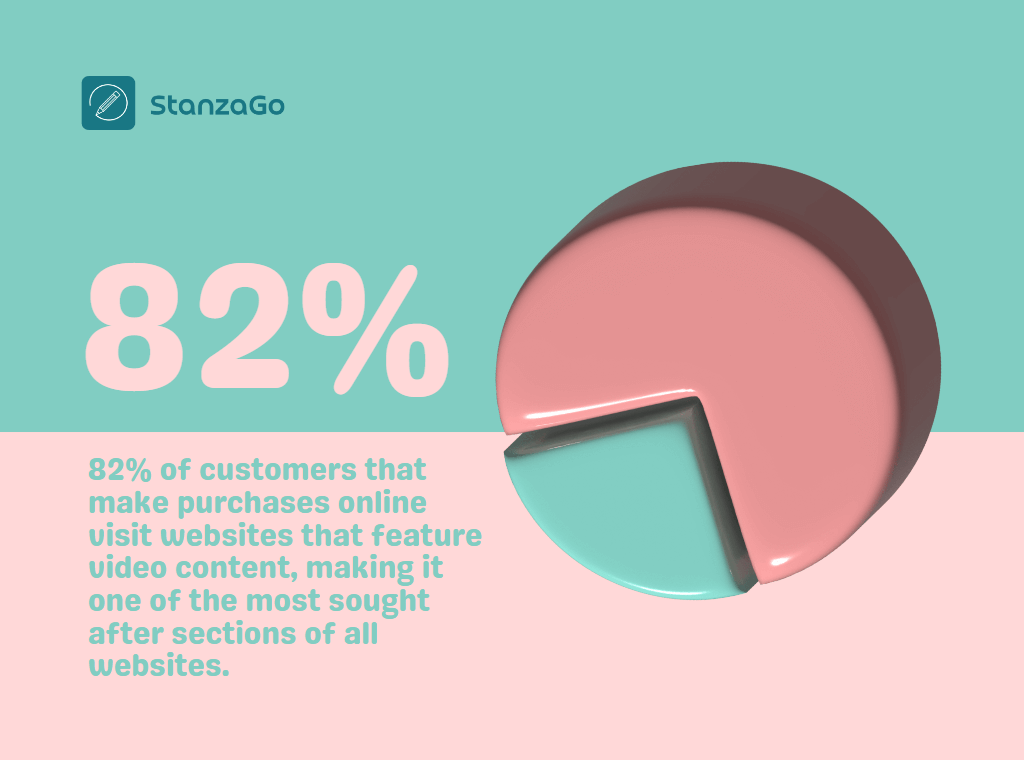
82% of online customers visit sites with video content, making it one of the most popular categories among all websites.
If you don't include video in your marketing plan, you're passing up a huge chance to strengthen your connection with your customers. By taking advantage of the video production content market, you can open a doorway for your business that enables you to take advantage of social media platforms.
5 Importance of Using Videos in Blog Writing
Here are some points on the importance of using videos in blog writing:
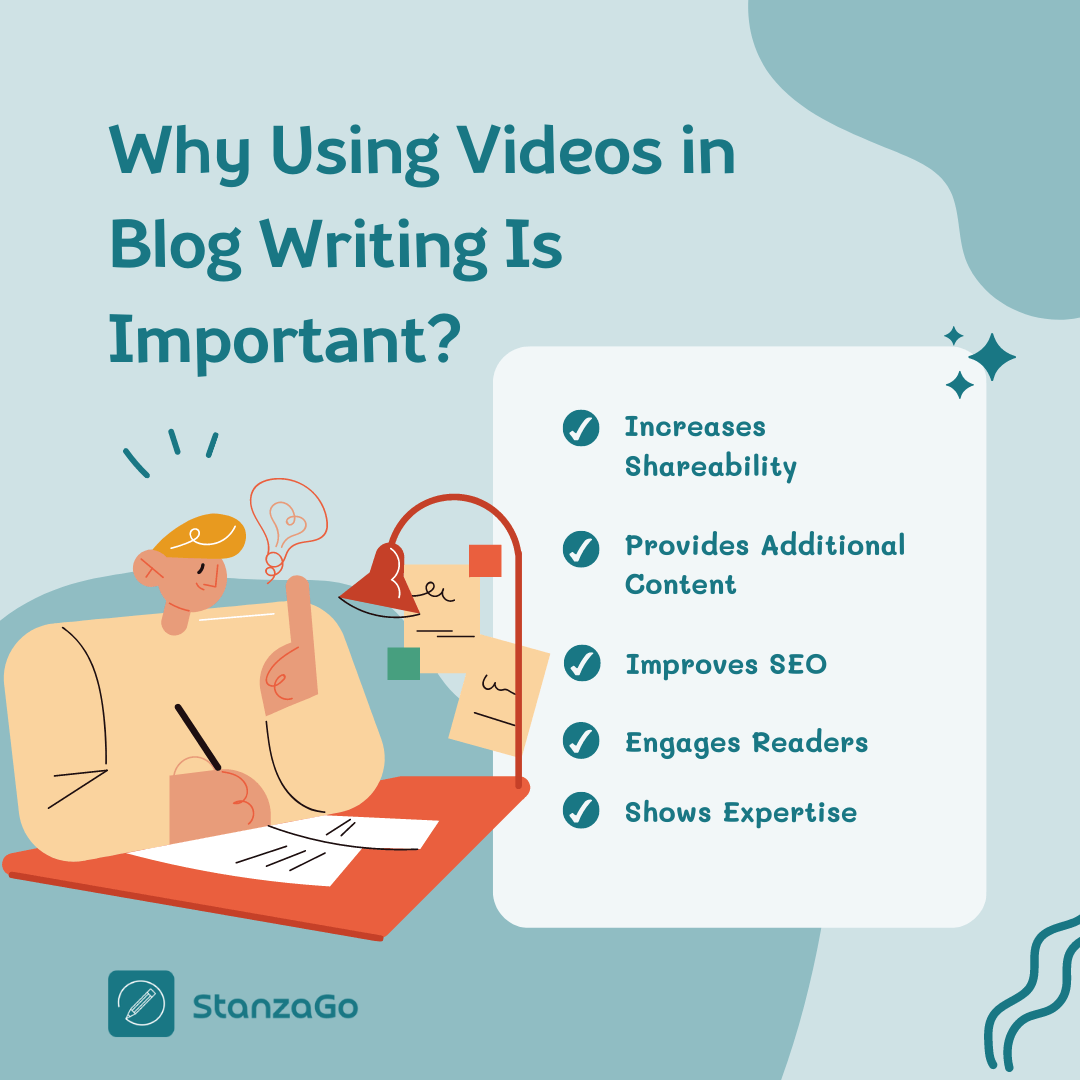
(1) Increases Shareability: Videos are highly shareable on social media platforms and can help to increase the reach and visibility of your blog post.
If readers find the video informative, engaging, or entertaining, they are more likely to share it with their friends and followers. This can lead to an increase in exposure for your business.
(2) Provides Additional Content: Videos can provide additional content and information that may not be fully conveyed through text alone. This can include demonstrations, product reviews, interviews, and more.
Videos can also help to break up large blocks of text and make your blog post more visually appealing.
(3) Improves SEO: Adding videos to a blog post can help to improve its search engine optimization (SEO) ranking. Google and other search engines consider video content as a valuable form of content and can increase the likelihood of your blog post being discovered by readers.
This can ultimately result in increased traffic to your blog.
(4) Engages Readers: Incorporating videos in blog posts can greatly improve engagement with readers.
Videos can capture readers' attention and offer an engaging and interactive experience. They can also add a personal touch to the blog, allowing readers to see and hear your actions, which can create a more authentic connection.
(5) Shows Expertise: Videos can also help to showcase your expertise on a particular topic.
By demonstrating a skill or sharing knowledge through video, you implicate your authority in a particular field. This can help to build trust and credibility with readers.
Audio – Why Use Audios in Blog Writing
Using audio in blog writing can be a great way to engage with readers and add a new dimension to your content.
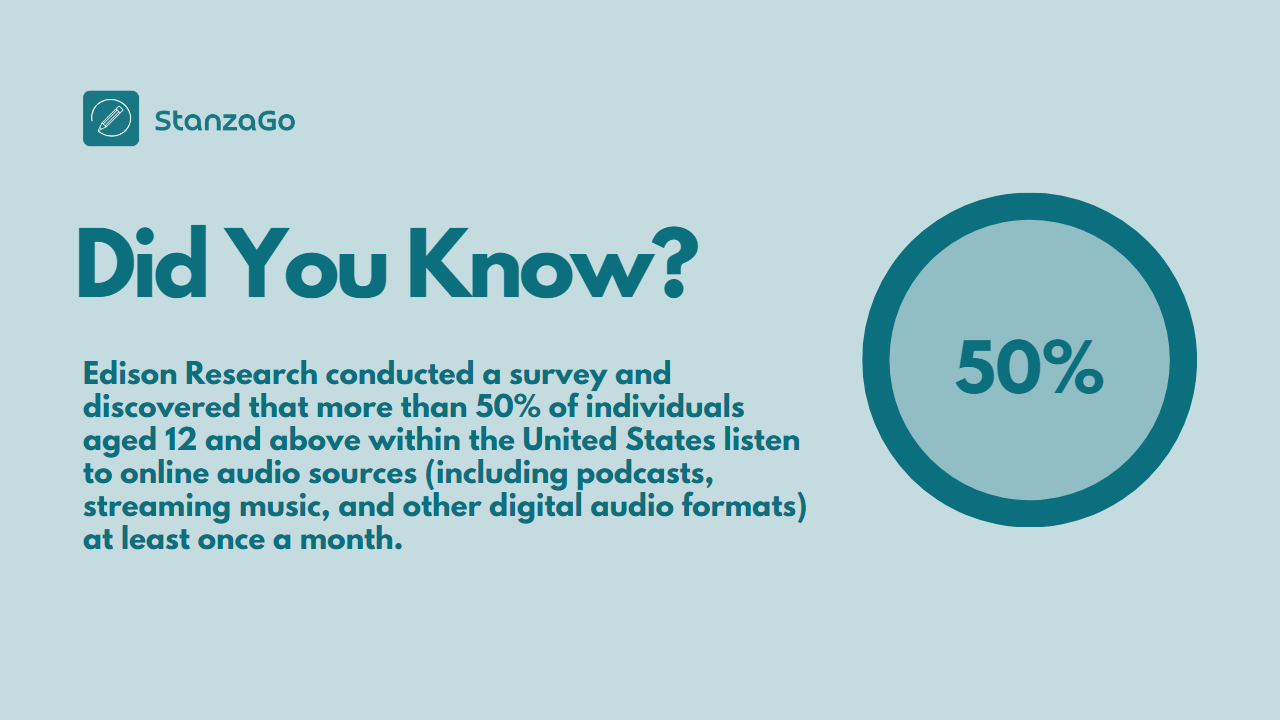
According to a report by Edison Research, over 50% of Americans aged 12 and older listen to online audio (including podcasts, streaming music, and other forms of digital audio) on a monthly basis.
With the growing popularity of online audio content, blogs can incorporate podcasts or other forms of digital audio into their overall content strategy to attract new audiences. And it’s not that you add audio; instead, turn or write the text content in a way that it can be listened to.
Plus, when users do voice searches, Google or other search engines can consider your website the most appropriate for that subject.
5 Ways to Use Audio in Blog Writing
To this method, here are some tips on how to use audio in your blog:
(1) Record an audio introduction: One way to incorporate audio into your blog writing is by recording a short introduction to your blog post. This could be a summary of what your post is about or a personal greeting to your readers.
(2) Record interviews: You can also use audio to record interviews with experts or other people related to the topic of your blog post. This can add depth and insight to your content and give your readers a different perspective.
(3) Add sound effects: If you're writing about a topic that involves sound, such as music or nature, consider adding sound effects to your post. This can help bring your content to life and make it more immersive.
(4) Create a podcast: If you're interested in using audio more extensively, consider creating a podcast related to your blog. This can be a great way to reach a new audience and build a community around your content.
(5) Transcribe your audio: If you include audio in your blog post, provide a written transcript as well. This can help make your content accessible to a wider audience, including people who are deaf or hard of hearing.
Remember to keep in mind your target audience and your goals with incorporating audio into your blog. Audio can add value to your content, but it should also fit seamlessly with the written word to create a cohesive and effective blog post.
Conclusion
In conclusion, incorporating links, images, videos, and audio (LIVA) in blog writing is an essential element of creating engaging and effective blog content. Links can provide valuable context and resources to readers, while images can add visual appeal and enhance the overall message of the blog post.
Videos and audio can provide an interactive and personalized experience, while also showcasing the author's expertise and building trust and credibility with readers.
Using links, images, videos, and audio can improve the SEO ranking of the blog, resulting in increased visibility and traffic. They can also enhance the shareability of the blog, making it easy for readers to share the content on their social media platforms.
By incorporating these elements into their blog posts, authors can create a more dynamic content strategy, and ultimately grow their audience and reach.
Remember - If you're looking for content that should optimize the LIVA technique for your blog posts, you can visit StanzaGo and let experienced writers develop quality content that suits your business domain and your requirements. You can start at just only $10. Yes, that's true!!



